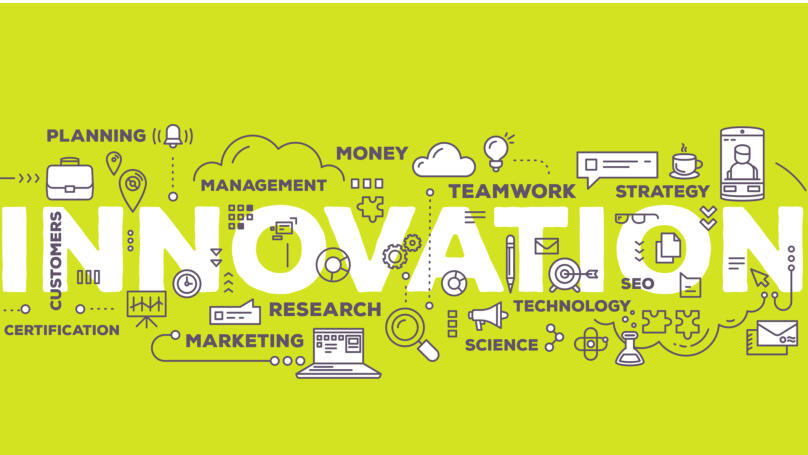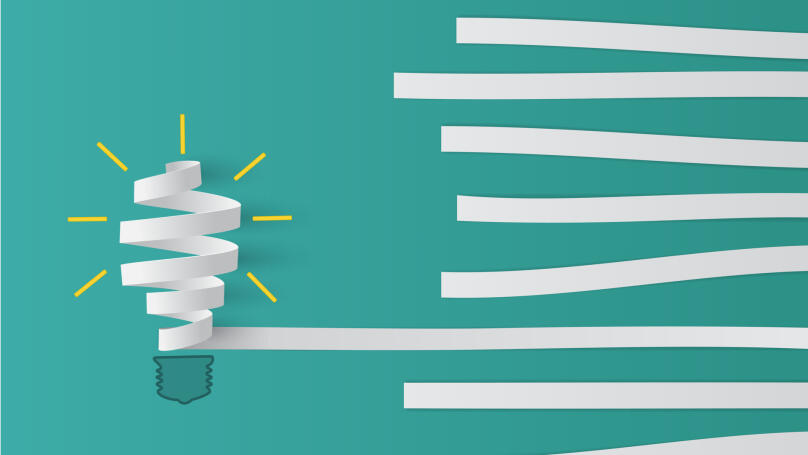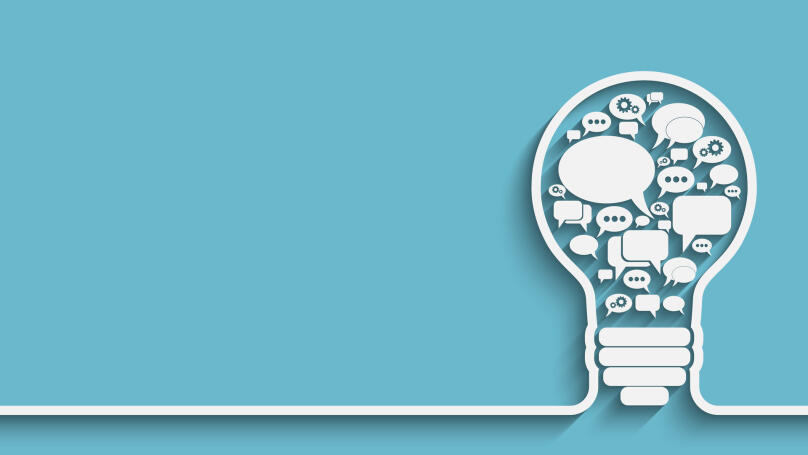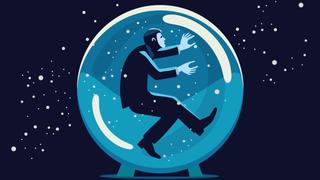Diffusion of innovation
What is diffusion of innovation?

The diffusion of innovation theory is a concept that explains how innovations are perceived by society and according to what regularities their distribution can be accelerated. It was created by the sociologist Everett Rogers about 60 years ago and became known to society after the publication of "Diffusion of Innovation." The book examined the diffusion of innovations through the example of agriculture. Rogers found that some farmers were actively engaged in learning and using innovation, while some even resisted replacing equally efficient farming practices.
The diffusion of innovation theory appealed to 20th-century scientists. For example, it can be found in the work of the geographer Torsten Hägerstrand and the mathematician Frank Bass. Thus, the diffusion of innovation process was the basis for modelling geographical phenomena and creating a system of mathematical functions that determine the sales dynamics of a product new to the market. The Bass model (or "Bass curve") showed that sales of an unfamiliar product increased over time. It prevented the closure of many unprofitable product lines.
The diffusion of innovation theory

The main components of Rogers' theory are:
- Innovation. It is the concept describing any ideas and technologies that are new to users.
- Users. They are the audience that embraces innovation.
- The critical mass of users. It is a sufficient number of people who actively use the innovations to initiate their widespread adoption.
- The process of innovation adoption. It's a process consisting of five steps that leads to the acceptance or rejection of mass use of a new idea/technology.
- Additional key factors. These are factors that play a role in the process of innovation adoption. Rogers considered them to be communication, the social system, and time.
Rogers suggests dividing users or potential customers into five segments:
- Innovators. No more than 2.5%;
- Early adopters. No more than 13.5%;
- Early majority. No more than 34%;
- Late majority. No more than 34%;
- Latecomers. No more than 16%.
This division shows that at the very beginning of an innovation's life cycle, an absolute minority of potential consumers start using it outside the laboratory or company where it was created. The speed of adoption of innovation depends entirely on the reach of the innovation. The receptivity of the audience to the innovation, in turn, is directly correlated with the pace of its spread.
Decisions made by users within the diffusion of innovation theory get divided into voluntary, collective, and authoritative. One person makes voluntary decisions, a group of people make collective decisions, and users who have power over a particular social group make authoritative decisions.
The diffusion of innovation process

The diffusion of innovation occurs as the gradual introduction of innovation into the lives of consumers. Everett Rogers believed that it could be used in all marketing communication and projected onto social institutions and science.
Stages of diffusion of innovation:
- Step 1: Awareness. Understand this step as increasing awareness of the product or service among the target audience in marketing terms. In other words, you spread the word about the innovation using standard marketing tools.
- Step 2: Persuasion. A story about an innovation and any advertising message about an innovation demonstrates your offer's benefits and advantages. It is important to explain how the product differs from the solutions familiar to the user and warm up the consumer's interest in it at the persuasion stage.
- Step 3: The Solution. It is the name of the active involvement of the user in the research of innovation and its consumption. The potential customer evaluates your innovation, trying to understand how it fits their goals and needs. Use a standard sales funnel but unconventional for your field lead magnets. For example, instead of offering a webinar as a gift for a subscription (lead-magnet), you can offer a month of lectures for a small fee (tripwire).
- Step 4: Implementation. It is the regular use of innovation or some form of it by consumers. The consumer tests the product, beginning to understand it, and after a while cannot imagine their life without your innovation. To earn the customer's loyalty and make them an "advocate" of your innovation, it is vital to keep service at a high level, not to raise the cost of the innovation beyond the reach of your target audience, and to create a unique community that is accessible only to your customers.
- Step 5: Confirmation. The consumer consciously decides to use the innovation in the future, preferring it to all your competitors. Step 5 is characterised by an increase in the number of customers actively using your innovation and the spread of positive recommendations from early adopters.
Will my product make it through diffusion of innovation?
The diffusion potential of innovation is determined by taking a simple test. Is your product new to the market? Do you believe the audience won't understand it after first encountering it? Will you be promoting your product using marketing tools? If you answered positively to all three questions, then the diffusion of innovation theory can be applied to your case. Have you answered "no" to one of the questions? Rogers' message can form the basis for a successful marketing strategy.
Examples of diffusion of innovation

The most common diffusion of innovation example is introducing a new gadget (iPhone, Samsung Galaxy Z Flip), a machine or technology (personal computer, Microsoft), or industrial material to the market. The theory also applies to the emergence of new material incentives on the labour market (a division of wages into salary, KPI bonuses, and percentage of sales), forms of the company organisation, bills, and executive orders. According to this theory, innovations are most often either technical or organisational. However, the possibility of diffusion of organisational innovations gets limited by the high degree of formalisation of innovations. In practice, this means that mainly new products of the technological spectrum go through the diffusion of innovation "funnel".
A new idea can also be considered diffusion of innovation if it passes through the stages described above and is new to the market. A new product that occupies a niche not previously filled by manufacturers present on the market can also pass through the diffusion of innovation "funnel" on its way to the consumer.























